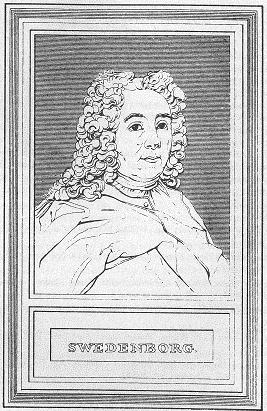
One of Australia's living spiritual treasures will be speaking at the North Ryde Swedenborg Centre this Friday night.
The Rev. Pravrajika Ajayaprana Mataji will be discussing Hindu Spiritual Practices.
Born in India, Reverend Mataji finished her University study before joining the Ramakrishna Order in 1952. In India she worked as a science teacher in the school run by the Order and was in charge of boarding houses for schoolchildren and University girls till 1982. She is a senior nun of Sri Sarada Math, the womens' wing of the Ramakrishna Order.
Formed in 1954 in India, The Sri Sarada Math, is the only independent monastic women's Order in the history of Religion. It is run exclusively by women; they make all the decisions regarding their day-to-day activities as well as spiritual life, ordination etc, independent of male priests or monks.
Rev. Mataji came to Sydney in 1982 to start the first Centre of Sri Sarada Math outside India. She conducts talks, classes, meditation days, retreats and special functions. On invitation, Rev. Mataji goes on lecture tours to the other major cities of Australia a few times each year, and frequently to Malaysia, Singapore and Sri Lanka. She is the President and Minister of the
Ramakrishna Sarada Vedanta Societies of New South Wales and South Australia .
Rev. Pravrajika Ajayaprana Mataji regularly participates in and organizes interfaith gatherings and meetings. She is one of the founding members of "WIN," Women's Interfaith Network.
FRIDAY 25TH SEPTEMBER 2009 at 7.45 Swedenborg Centre, 1 Avon Road, North Ryde Cost: $7; concession $5 (including refreshments)



